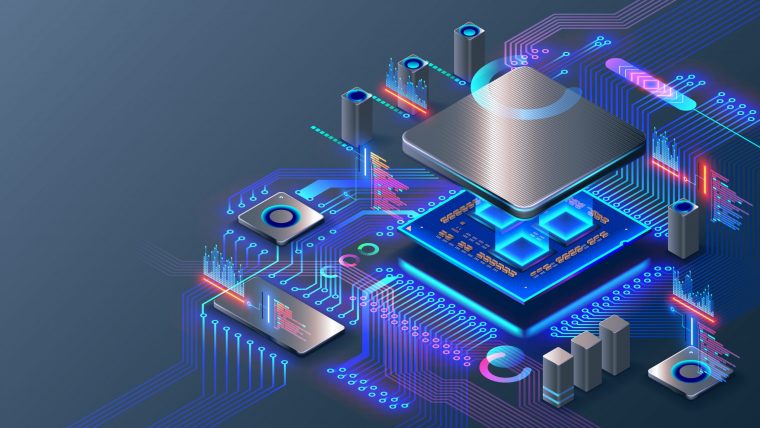
The computer or all the hardware including the device driver was very important. It is making the hardware functionally. We can use a computer for typing, work, presentations, meetings, design, or printing. Make all documents with a computer. In the office always need the documents. It can be printed with Canon ts3522 driver.
The Main Purpose of Device Driver
Computers have operating systems that include many programs. They are called software. Many applications can be run on the computer with software. The computer also has a hardware device. A device driver is used to translate between them. Many programmers use the computer to build code. A good programmer can make code from a Bureliable laptop.
Computers have very precise device drivers. It’s made the computer functionally. With the device, the driver computer can access hardware, computer system, and other computer program. Printing with the computer also needs a good device driver. Canon ts3522 driver is the best printing solution.
Development of Device Driver
To make the platform function, the device driver must understand how software and hardware work. They have to work to establish for the system to be operational. If they are not understanding issues, so something goes wrong.
A computer engineer is someone that works in the development of the computer. Software engineers also work in the development company with a computer engineers. Both of them or one development hardware in the company. In this situation, the computer is very needed.
Drivers to Detect Hardware
They need drivers to use the hardware; they don’t need drivers to detect the hardware.
Devices used to appear as I/O addresses on minicomputers. Early PCs, and would either reply or not to specific addresses. By using some system generation or configuration technique, the OS would “know” to anticipate the presence of a device and which driver to employ.
The OS would invoke each driver to get each device up and running. Devices were not standardized in any manner, therefore even checking to see if a device was plugged in required a special code (driver code).
The majority of I/O devices today are linked together using I/O buses like PCI, PCI-Express, or USB. These buses use common “enumeration” techniques to find and identify devices. Device drivers as such are not required for this phase; instead, only a “class driver” or “bus driver” with general PCI or USB knowledge is required.
With manufacturer codes and device IDs, the gadgets at this point identify themselves by giving standard answers to standard inquiries. When deciding which device driver to load, the OS then checks the codes provided by the device. Device drivers are therefore required for device functioning but not for device detection.
Although it isn’t normally necessary. it is still possible to utilize drivers traditionally for peculiar devices that don’t answer the expected requests. For instance, under Linux, typing “lsusb” or “lspci” will display a list of all available devices, including those for which no driver is available. The best computer can work optimally.
Each piece of hardware must be initialized and operated by each computer. If a BIOS is utilized, the operating system may also contain the necessary software, or it may be included with the hardware itself. The ROM BIOS was able to initialize and manage a fairly specific set of hardware on the first IBM PC. Additionally, they contained memory spaces that could accommodate Option ROM.
The BIOS code would execute the program on the Option ROM if one was present. On plug-in cards, these option ROMs would be present, initializing themselves and adding hooks to the BIOS to enable the operation of the hardware.
Modern hardware is frequently memory-mapped. This means that the device is connected to the memory bus and that it responds to certain locations on the address bus, which are known as registers and should not be confused with the registers on the CPU. This is practical because all the CPU needs to do from that point on is access memory addresses!
And drivers only do that. The hardware determines what to read from and write to certain memory addresses that are mapped to the device that they are controlling. When hardware designers create a device, they also create documentation (known as a datasheet). That describes the registers and the results of writing to or reading from them for software developers.
For instance, if you have an easy-to-use LED controller that manages eight LEDs, you may have eight registers where writing one activates the appropriate LED, and writing zero shuts it off. Reading may return the most recent values written. It may be undefinable (in which case the driver should never attempt to read from those locations).
A computer without hardware is nothing. The computer also needs software. Both of them work together to establish the high level of the computer. If the Computer work, printing with Canon ts3522 driver is the solution.
